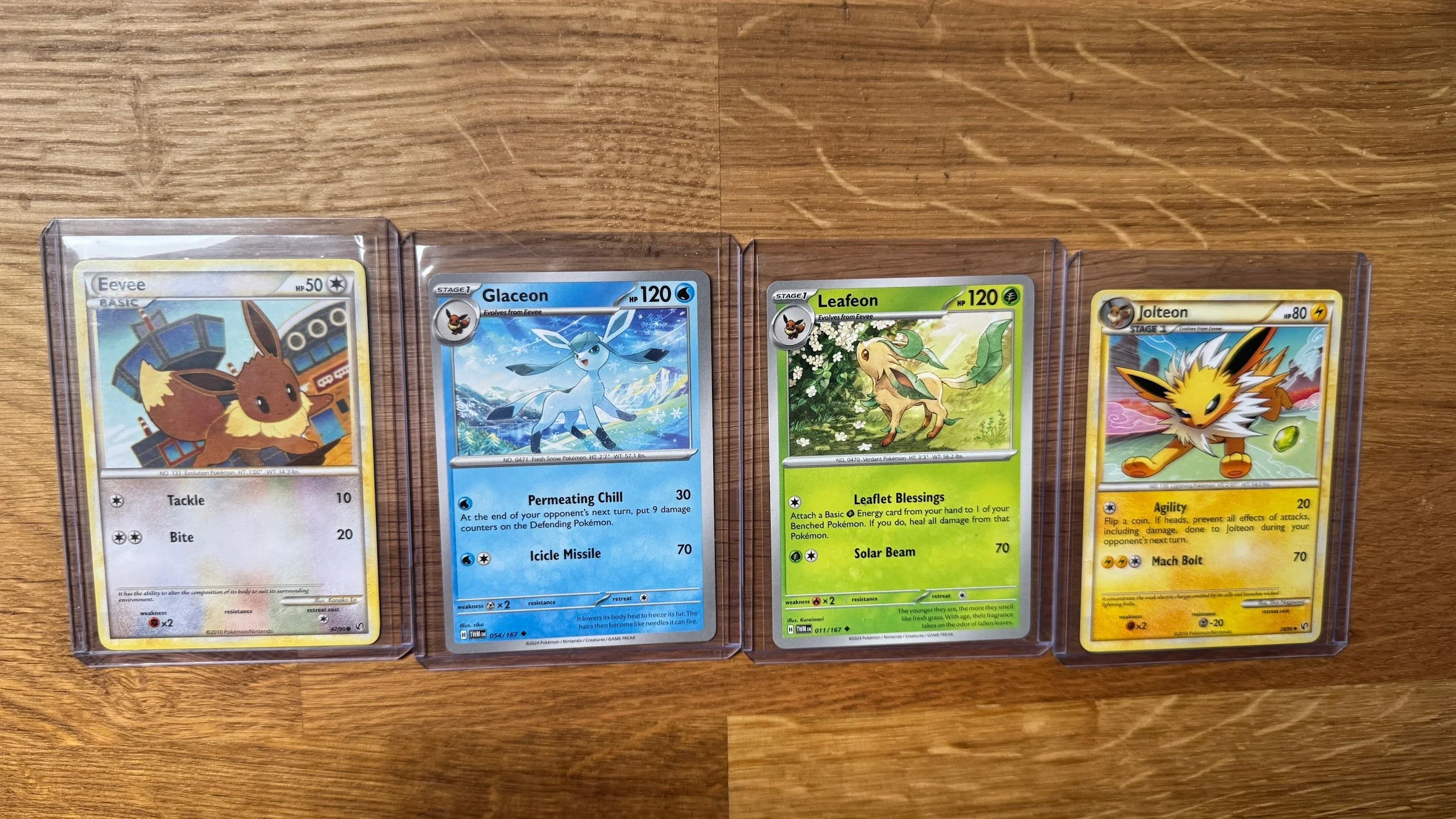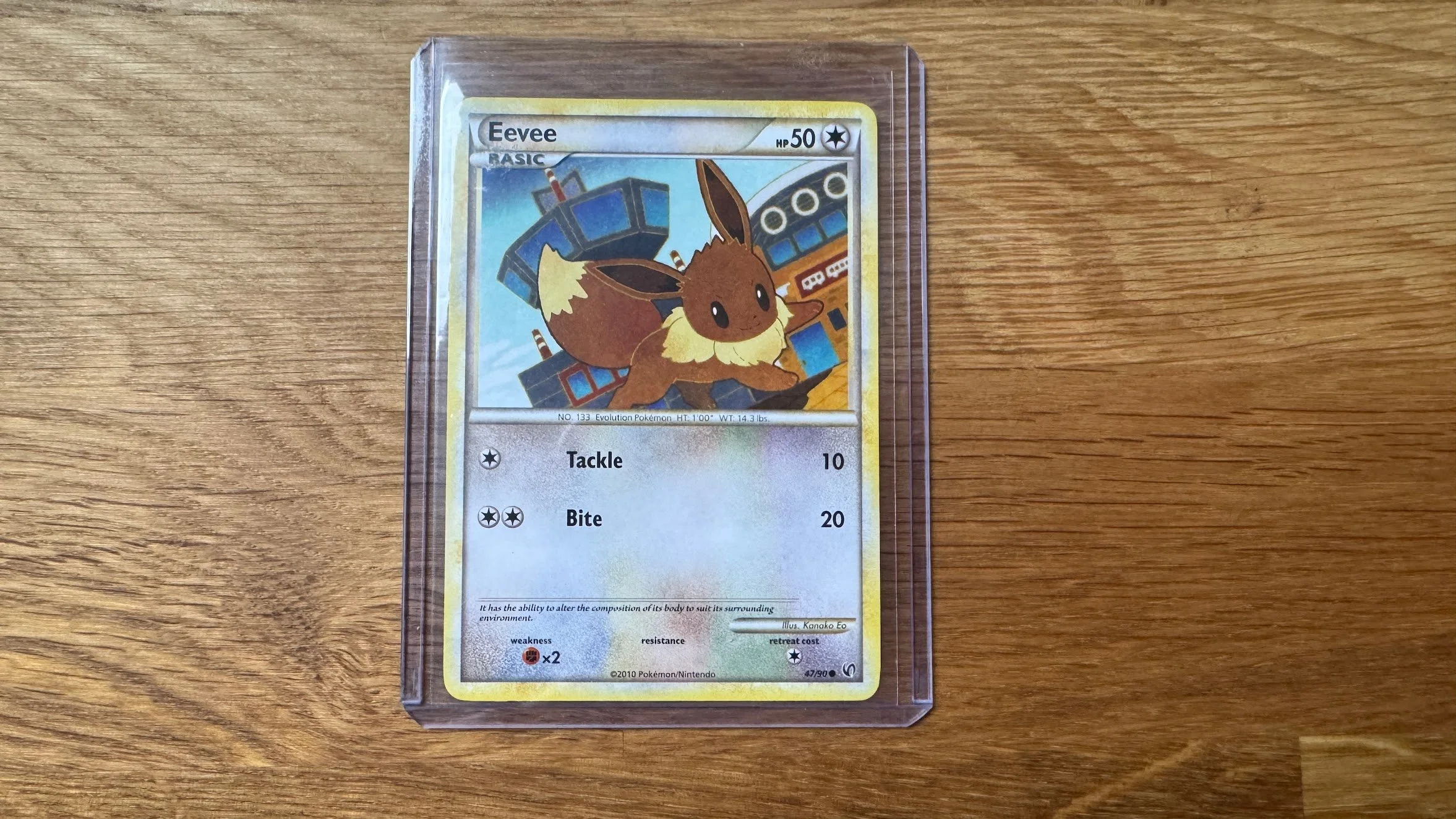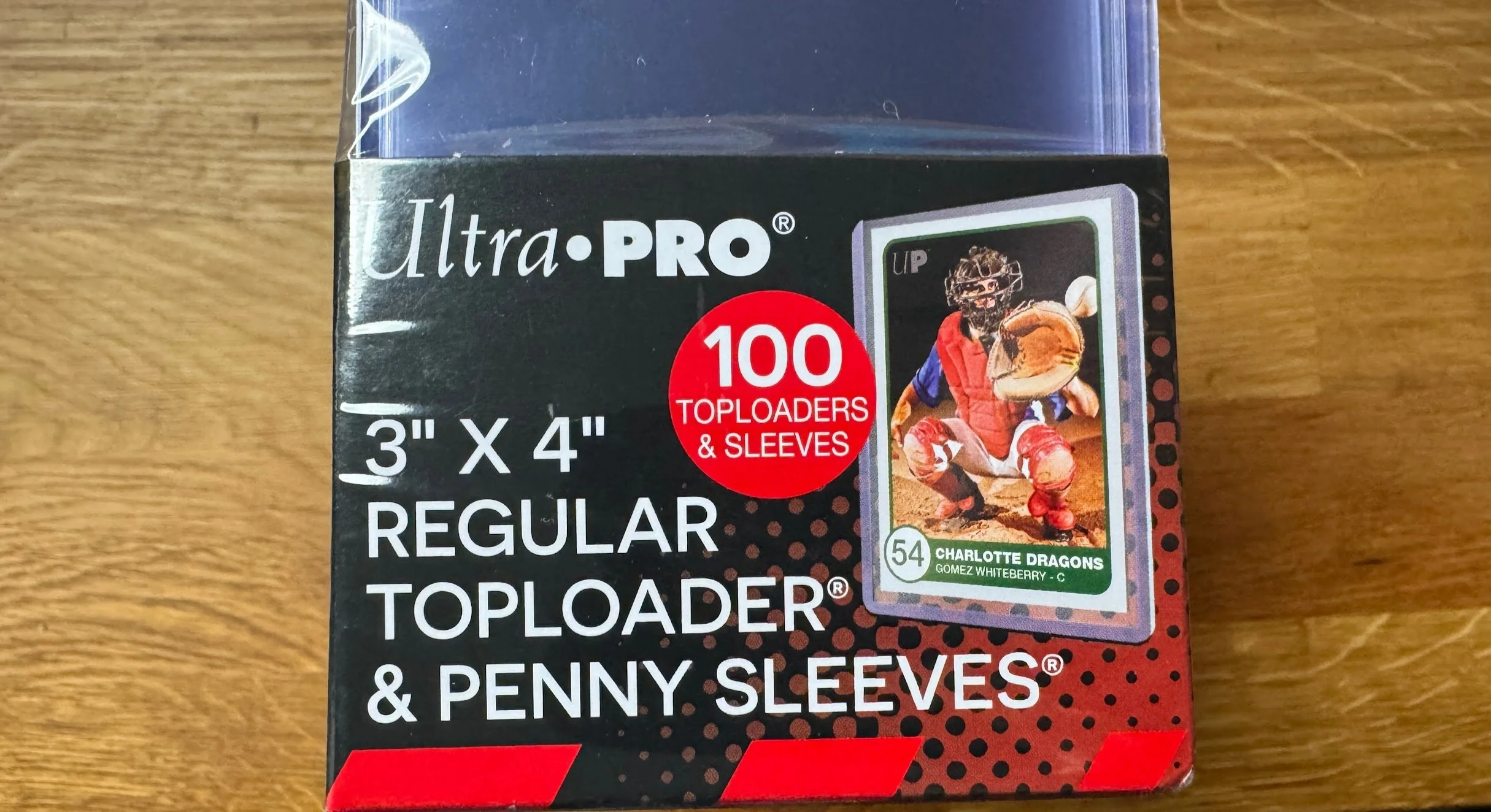How to start collecting Pokémon cards
Pokémon cards can end up being very valuable in the long run. A lot of collectors protect their cards in various ways! These cards are protected by the Ultra PRO Toploaders and Penny Sleeves! Protecting the cards can lead to a PSA 10 rating, making your card value skyrocket!
Pokémon cards are the craze of a lot of folks. It’s been a hectic time for folks trying to get into Pokémon cards, as nearly every single store is sold out as soon as they come in stock. It’s been very difficult to even get the most basic Pokémon card pack. While I’ll get into how to have the best chance of grabbing Pokémon cards in another post, today, we’ll talk about what do you need to do in order to start collecting and protecting those cards you love so much!
The types of packs to collect
There are several different types of packs or boxes you can grab from retailers. They each have different reasons to be bought, and you can find a lot of these packs at retailers like Walmart, Best Buy, GameStop, Amazon, Target, and more. So what are the types?
Booster packs: These are the most common way to get a variety of cards. Each pack contains a random assortment of cards — about 10 each pack. They do give you a chance at a rare and holographic cards, but those are not always guaranteed depending on the trading card game expansions.
Elite Trainer Boxes (ETBs): These are the best boxes to get for beginners. ETBs usually include 8-10 booster packs, a set of card sleeves, energy cards, dice, condition markers, player’s guide, and a storage box. This box is also a very good way to store your valuable cards in a box instead of a binder! Some ETBs are also very valuable when they are left unopened!
Theme or Battle Decks: These are pre-constructed decks that provide a ready-to-play set of 60 cards. It also typically comes with a rulebook, playmat, and damage counters. This is one of the best ways to leran how to play the Pokémon Trading Card Game.
Special Collections or Tins: These products normally feature a few booster packs and specific Pokémon promo cards that you generally won’t find anywhere else. The promo cards can also be very valuable down the line as well. Special collections or tins generally include a guaranteed rare cards.
Singles: Singles are generally the best way to get exactly what you want, when you want. Buying single cards from local game stores or online marketplaces can be very cost-effective for most cards that folks don’t want. So if you’re looking for a Pokémon that’s not as popular, you’ll probably be better off chasing singles.
Now that you know what the different type of Pokémon cards are, let’s talk about how to protect your cards and make sure they don’t lose value in case you ever want to get them graded!
An Eevee Pokémon card from 2010, protected in an Ultra PRO Penny Sleeve and Toploader.
How to protect your Trading cards
There are a few ways you can protect your potential Charizard card from damage, thus making the most out of its value (there’s a near mint Charizard floating around on the ‘net for about $15,000 USD right now!). Damaged cards are the bane of a pristine collector’s existence, so let’s talk protection.
Card sleeves: Card sleeves are crucial to protecting your cards against dust, moisture, random spills, and so on. They are clear, thin plastic sleeves that hold individual cards. For optimal protection, do not store two cards in one sleeve. They are the first line of defense against scratches, dirt, and minor wear. They are also very affordable. I personally recommend using Ultra PRO Card Penny Sleeves (Best Buy | Amazon | Walmart). They are protecting my cards right now!
Toploaders: These are very rigid and durable plastic holders. They provide better protection and are key for protecting your rarer or most valuable cards. Cards are usually placed in a penny sleeve before being placed in a toploader. This allows you to pull the card out by the penny sleeve instead of the card itself, further protecting your card of value. Personally, I use the Ultra PRO Toploaders (Best Buy | Amazon | Walmart). I generally sleeve and topload the valuable cards and cards of my favorite Pokémon.
Binders: Binders are key to protecting your card collection from damage. While tins and the storage boxes from ETBs may be enticing, both have a lot of space, and cards can get unintentionally dinged by being stored in there, especially if they aren’t in a toploader. The best kind of binder is usually one built for card collecting. My current favorite binder is the Ultra PRO Premium 9-Pocket PRO-Binder for Pokemon (Best Buy | Amazon | Walmart). The Ultra PRO binders can cost a bit, but another favorite of mine is CardGuard, which is generally more cost-effective. Another binder I’ve personally seen that is good, but do not own, is the Vault X 12-Pocket Zip Binder.
Binder Pages: Binder pages are another good way to protect your card collection. Most people go for 9-pocket pages to protect their cards. However, there are 12-pocket pages out there as well. If you’re going to go this route, a D-ring binder is preferred. The reason being is that sometimes the rings can put indentations on your cards, diminishing their value. This is not a recommended route from me to protecting your cards, but it is an option you have!
Storage boxes: Storage boxes are a good way to store a bunch of bulk, uncommon or cards you don’t care about being damaged. It’s a neat way to clean up a space and have an aestic box dazzling up the room. Most storage boxes come from ETBs or people will use the tins to store these type of cards. Some common cards do end up being valuable at times, but generally, they do not hold a great vaule long-term.
These are the Toploaders and penny sleeves I use to protect my card collection!
Other key tips to collecting
We have covered the basics of collecting your cards and protecting them. However, there are some other things Pokémon collectors must know. These are moreso things that can keep you from wasting money and getting caught up in the hype of card collecting.
Graded cards: Graded cards are cards that are graded by companies like PSA, Beckett, and so on. These cards are considered to be in a condition ranking from 1 - 10. Cards graded at a 10 are usually the ones that sell for a LOT of money. They are the most valuable cards and are in the most pristine condition. You should not find an error or blemish on these cards. Getting a card graded can be costly. It’s better to check your cards for blemishes yourself before getting them graded. Plus, not every card is worth grading. It’s key to do your research and see what should be graded instead of rushing to get a card graded.
Resellers: Pokémon cards have been a hot item lately. They fly off the shelves almost as soon as they are put out. Thus, a lot of folks do scalp Pokémon cards and they do it in a dishonest way. Scalpers and some resellers are always looking to take advantage of folks, so it’s imperative to do price comparisons to make sure you’re not overpaying. One of the ways I check resell prices is by going to TCGPlayer.com or Price Charting. While eBay can also be a good place to check prices, I generally find those two to be more accurate to what the market price is and what folks are actually paying for cards. A good way to get cards from a reseller is to check your local shops and create a great rapport with them.
Start small: One of the biggest ways folks lose money on cards is by trying to buy everything at once. Set a budget and stick to it. If the card you want is of a Pokémon that’s not popular, wait a few weeks or a few months after the expansion pack releases and see if the card went down in price. There are a lot of common cards you can get for cheap — some as low as $0.10 USD! Focus on starting small and making sure you don’t go into debt by collecting cards.
That’s all I have for getting into Pokémon card collecting! The most important thing is to take care of your cards with sleeves, a binder, and toploaders. Don’t let your chance at a valuable card get away by just tossing the cards to the side! Take care of your collection and I can’t wait to see what you’ve been collecting!



